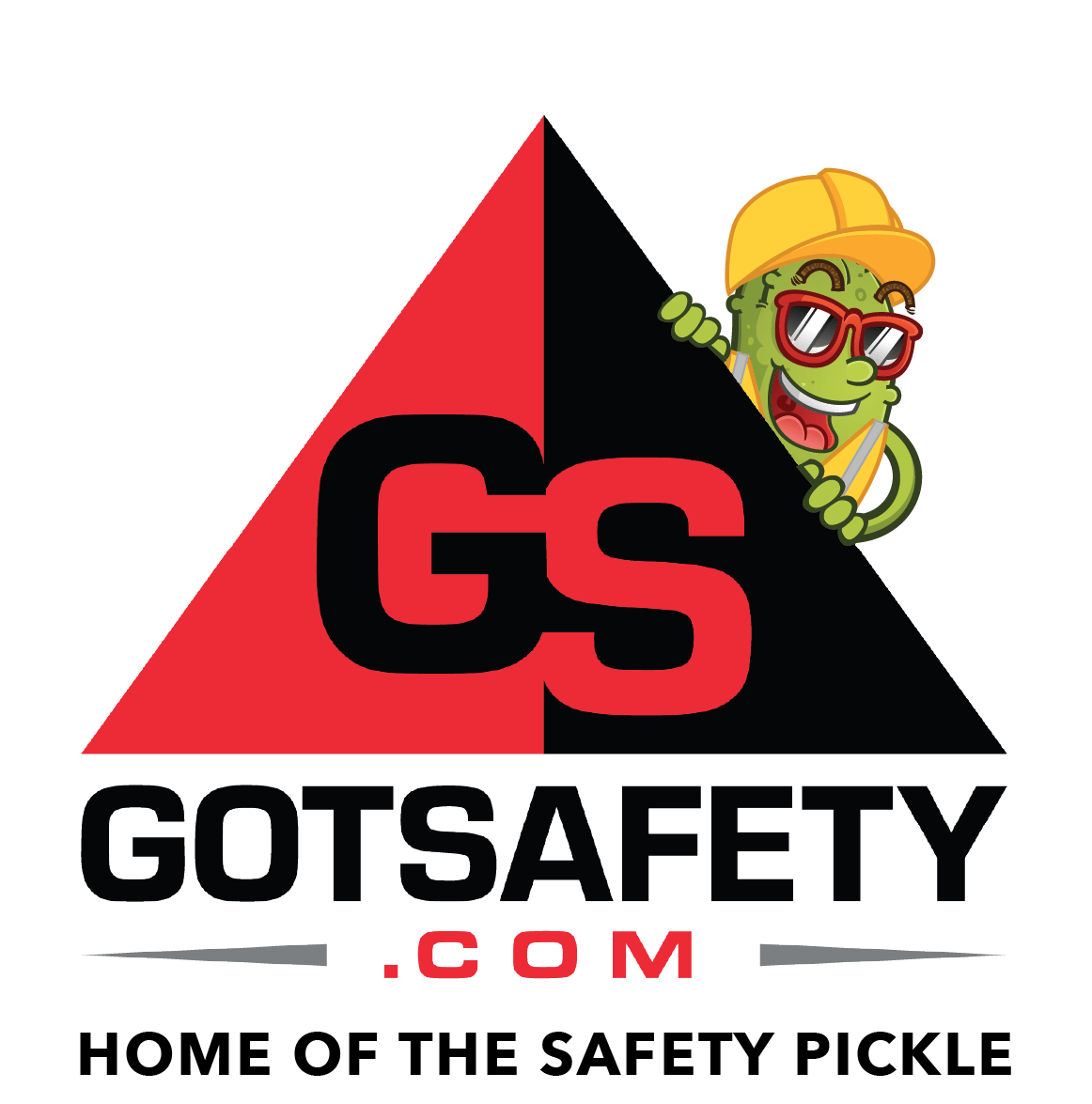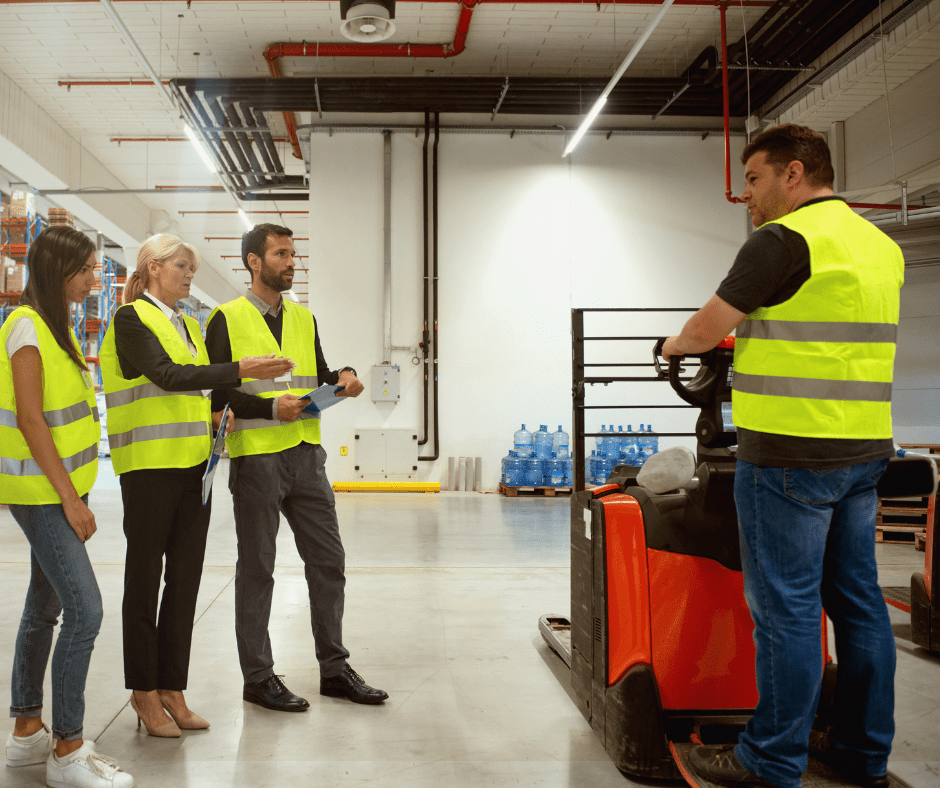Machine Safe Guards
Introduction
Machines enable amazing things to be done. But machines can also cause disfiguring injuries and death, especially during operation, examination, lubrication, adjustment, and maintenance of the machine. Therefore, it is important to have some sort of safeguards to protect workers from machines.
MINIMUM GENERAL REQUIREMENTS
Safeguards must:
- Prevent contact
- The safeguards must prevent any part of the worker’s body from coming into contact with moving part
- Be secure
- The worker should not be able to easily remove the safeguard
- Protect employees from objects falling off the machine
- Create no new hazards
- The guard should not have sharp edges or other dangers
- Create no interference
- A safeguard must not impede the job the machine is meant to do
- Allow for safe, simple maintenance
- If possible, safeguards must allow for simple maintenance, such as lubrication

TYPES OF SAFEGUARDS
There are five different types of safeguards to protect you
against machine injuries:
Location: If a machine’s pinch points, crushing areas, or heat sources are in a place where employees do not have access to them, it does not need to have any physical guards
Example: A fan mounted 15 feet high and out of
reach of employees
Guards: Physical guards can be fixed, interlocked,
adjustable, or self-adjusting
Example: Screens over a belt drive
Devices: Devices prevent access to the moving parts. There are many types of devices, such as presence sensing devices, pullback devices, and restraint devices
Presence Sensing Device Example: A light curtain will make the machine stop when it
is interrupted
Pullback Device Example: A mechanical link that automatically moves the operator’s
hand from the point of operation when the slide descends
Restraint Device Example: A gate that only allows the operator’s hands to travel in a
predetermined area
Feeding and Ejecting Methods: Eliminates the need for the worker to be near the machine
to feed or take the material being processed
Example: Manufacturing process with robots that load the material into the machine
Miscellaneous Aids: Protect the worker and people around the machine
o Example: Personal Protective Equipment
LOCKOUT/TAGOUT
This prevents an unexpected machine startup that could cause injury to workers. Any major repair or change of a machine requires a lockout/Tagout program. The program includes securing the machine, shutting off the power sources, and making sure that the locks and the tags are strong enough they prevent unauthorized removal.
CONCLUSION
Machine guards help protect against serious injuries and death. However, no matter what kind of guards you have or don’t have, always use your common sense. For example:
• Never remove a guard because you think it will help your work go better
• Never solely depend on a guard to protect you from the moving machine parts.
As long as you properly use the guards and common sense, you can safely be guarded against
machine injuries

